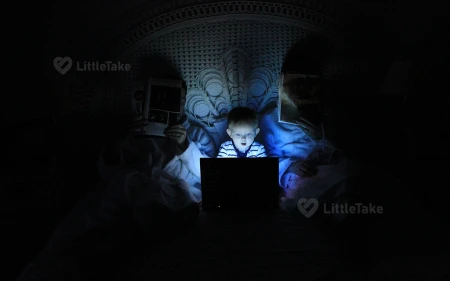
Healthy Screen Time Habits for Kids
Establishing healthy screen time habits for kids is essential in today's digital world. This article will provide tips and real-life examples to help parents create a balanced and healthy relationship between their children and screens.
1. Set Screen Time Limits
Establish daily or weekly screen time limits for your child based on their age and individual needs. The American Academy of Pediatrics recommends no screen time for children under 18 months, except for video chatting, and 1 hour per day for kids aged 2 to 5 years.
Real-Life Example: The Thompson Family
The Thompsons limited their 4-year-old daughter's screen time to 1 hour per day, ensuring she had ample time for other activities like playing outside and socializing with friends.
2. Encourage Screen-Free Activities
Promote a variety of screen-free activities, such as playing sports, reading, or engaging in creative pursuits. This helps children develop essential skills and interests beyond digital devices.
3. Create a Family Media Plan
Develop a family media plan that outlines when, where, and how screens can be used. Establish device-free zones, like the dining table, and screen-free times, such as during family meals or before bedtime.
Real-Life Example: The Johnson Family
The Johnsons created a family media plan that included no screens during dinner and an hour of device-free time before bed. This allowed them to enjoy quality family time and establish a healthy bedtime routine.
4. Model Healthy Screen Time Habits
Children learn by example, so it's crucial for parents to model healthy screen time habits themselves. Limit your own screen time and be mindful of your device use in front of your children.
5. Monitor Content and Engagement
Ensure your child is engaging with age-appropriate and high-quality content. Be aware of the games, apps, and websites they are using, and engage with them to understand their interests.
Real-Life Example: Sarah and Her Son
Sarah regularly checked the content her son was accessing on his tablet. She discovered a new educational app he enjoyed and encouraged him to share what he learned with her, promoting positive screen time habits.
Conclusion
Creating healthy screen time habits for kids involves setting limits, encouraging screen-free activities, developing a family media plan, modeling good habits, and monitoring content. By following these tips, parents can foster a balanced and healthy relationship between their children and screens, promoting overall well-being.













